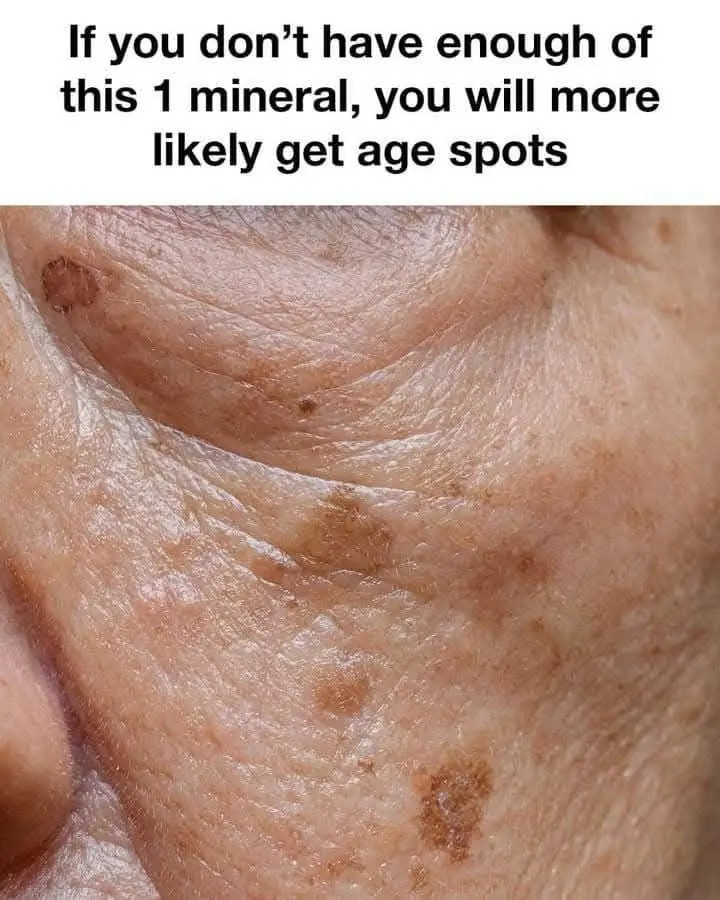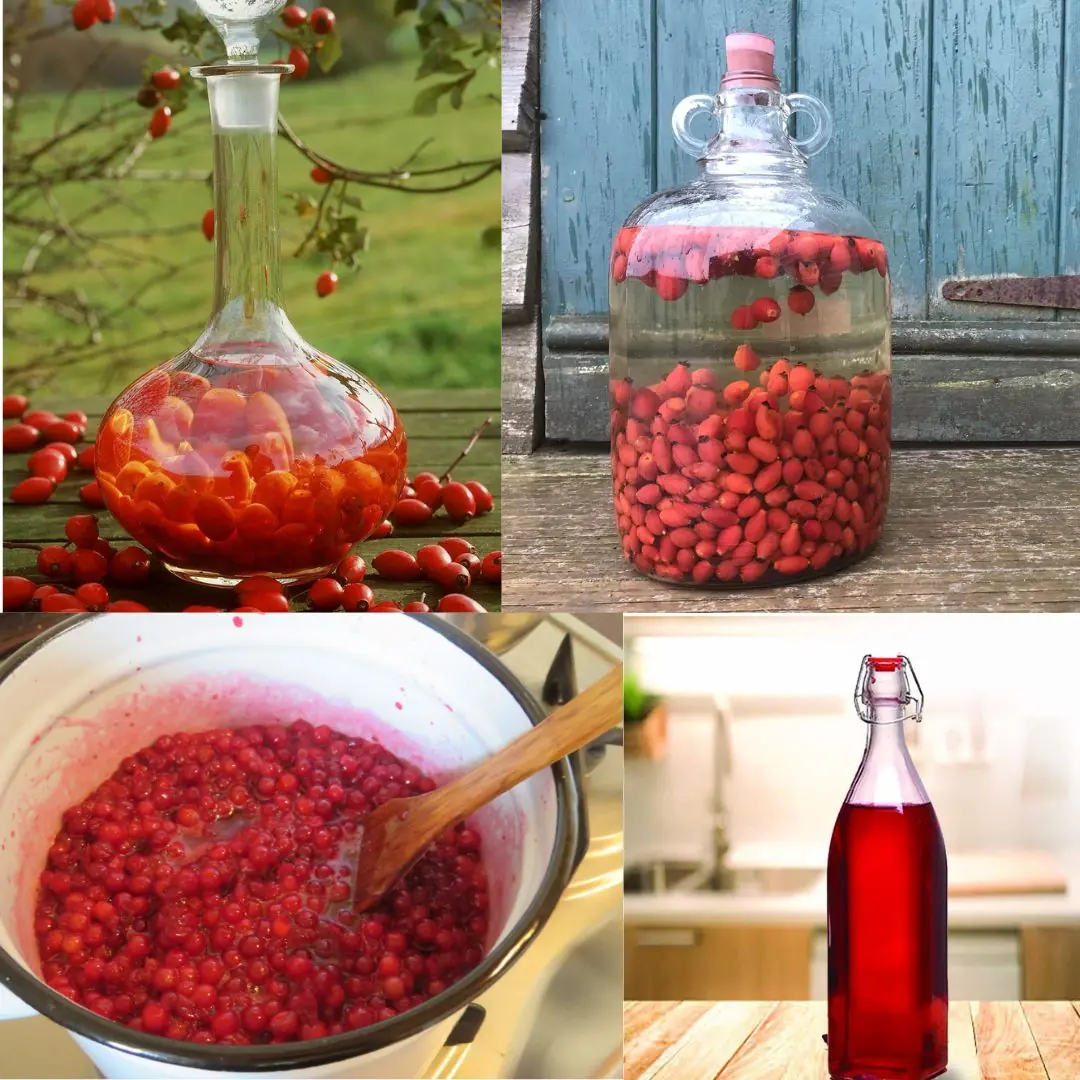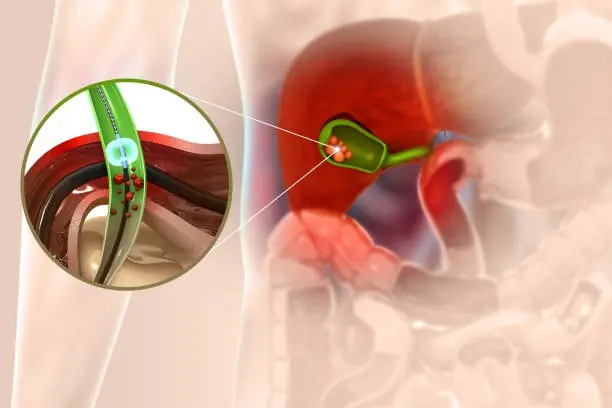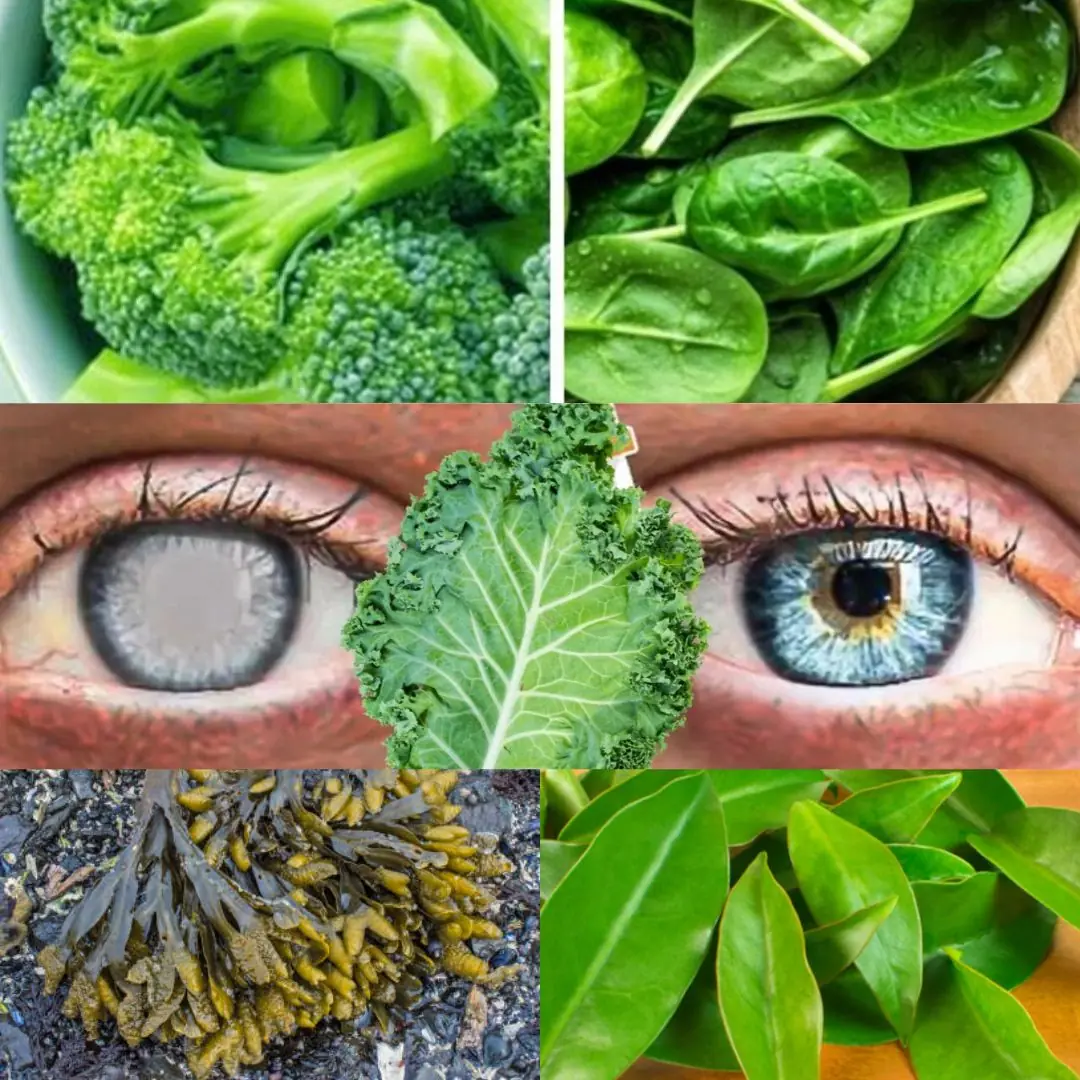
Rosehip Wine Recipe – The Ancient “Vitamin Elixir”
Before the advent of vitamin supplements, people had to rely on nature to stay healthy, especially during the long, harsh winters. One such natural remedy was rosehips, the fruit of the wild rose. Remarkably, rosehips contain up to 50 times more Vitamin C than oranges, and even after fermentation, a significant amount of this potent vitamin remains intact.
In regions such as Scandinavia, Romania, and the Balkans, rosehip wine was more than just a flavorful drink—it was considered a medicinal tonic, particularly beneficial for children and the elderly. Families typically made the wine in the fall to boost their immune systems, preparing for the dark and cold months ahead.
Interestingly, during World War II, when citrus fruits were in short supply, the British government actively encouraged citizens to gather rosehips to make syrups and wines, ensuring children still received adequate Vitamin C despite the scarcity of other sources.

Ingredients (for 5 liters):
-
1.5 kg fresh rosehips (ideally slightly overripe but not mushy)
-
1.5–2 kg sugar (adjust to your desired sweetness)
-
4.5 liters water
-
Juice of 2 lemons (adds acidity and freshness)
-
Optional: A handful of raisins (for a richer aroma)
-
Wine yeast (or baker’s yeast as an alternative)
-
Optional: A few cloves or a cinnamon stick (for a spiced touch)
Step-by-Step Instructions:
Step 1: Prepare the Rosehips
-
Start by washing the rosehips thoroughly.
-
Remove the stems and flower tips.
-
Slightly crush or pierce each berry—this can be done using a potato masher, or you can simply cut them in half.
-
Optional: Freeze the rosehips overnight before processing them. This step will help soften the berries and enhance their flavor.
Step 2: Prepare the Must (Fermentation Mix)
-
In a large pot, bring the water to a boil, then allow it to cool to around 30–35°C.
-
Dissolve the sugar in the warm water.
-
Add the juice of two lemons to the mixture.
-
Pour this liquid over the prepared rosehips in a large demijohn or fermentation bucket.
-
If you like, you can add a handful of raisins and any spices, such as cloves or a cinnamon stick, to enrich the flavor.
Step 3: Add the Yeast
-
Dissolve the wine yeast (or baker's yeast) in a small amount of lukewarm water according to the instructions on the package.
-
Add the dissolved yeast to the container with the rosehip mixture (must).
-
Stir the mixture gently with a sterilized wooden spoon.
Step 4: Primary Fermentation
-
Cover the container with a fermentation lock or a balloon with a small pinhole to allow gases to escape.
-
Keep the container in a warm, dark place, ideally between 20–25°C.
-
Stir the mixture daily for the first 5–7 days using a sterilized spoon.
-
The fermentation process will begin within 1–3 days and should continue for about 2–3 weeks.
Step 5: Secondary Fermentation
-
Once the primary fermentation has finished, strain the liquid through cheesecloth or a fine sieve into a clean demijohn.
-
Seal the demijohn with a fermentation lock and let it sit in a cool place to clarify and mature.
-
Allow the wine to mature for at least 1–2 months, though 3–6 months is ideal for the best results.
Step 6: Bottling
-
Once fermentation is complete and the wine is clear, transfer it into sterilized glass bottles.
-
Store the bottles in a cool, dark place to allow the wine to continue aging.
-
While you can drink the wine after a few weeks, it improves with age and is best enjoyed after 6–12 months of maturing.
Tips & Notes:
-
The wine's flavor becomes much richer and more complex after 6–12 months of aging.
-
The wine will have a beautiful golden to amber-pink color, and its flavor will be a delightful balance of fruity and tart-sweet.
-
Rosehip wine is packed with Vitamin C and antioxidants, making it not only a delicious drink but also a nutritious one!
News in the same category


Preventing Nighttime Leg Cramps: Causes and Solutions

3 Phrases Narcissists Commonly Use, According to a Psychologist

Man Goes Viral Due to Severe Head Lice Infestation

Discover the Healthiest Fruit on the Planet: What Happens When You Eat Dates

6 Warning Signs That You’re Not Getting Enough Vitamin D

7 Warning Signs of Liver Damage You Shouldn’t Ignore

Chewing Gum Releases Microplastics Into Saliva – Even Natural Gums Are Not Safe, Study Finds

STUDY SHOWS SWITCHING TO PERSONAL CARE PRODUCTS WITHOUT CERTIAN PRESERVATIVES TURNS BREAST CANCER GENES OFF IN 28 DAYS

Study finds that eating one common 'superfood' could cut Alzheimer's disease risk by almost 50%

Side Effects and Dietary Recommendations Post Gallbladder Surgery

Signs You May Be Living With High-Functioning Anxiety

How to Know if You Have Fibromyalgia + 8 Natural Approaches to Relieve

Dark eye circles might be a subtle health warning

Could This 3D-Printed ‘Electronic Glove’ Keep Your Heart Beating Forever?

The Amount Of Time You Spend Peeing Could Be A Warning Sign For Bigger Health Issues

Scientists may have finally developed pill to cure deadly disease with 90% mortality rate

Man Shares His 'Proof' of Life After Death and the Seven 'Stages' of the Afterlife

Dental Expert Reveals the Top Two Brushing Mistakes That Lead to Yellow Teeth

They Hid This From Seniors: It Unclogs Arteries INSTANTLY!
News Post

Age Spots: Causes, Prevention, and Effective Treatments

Preventing Nighttime Leg Cramps: Causes and Solutions

3 Phrases Narcissists Commonly Use, According to a Psychologist

Man Goes Viral Due to Severe Head Lice Infestation

Discover the Healthiest Fruit on the Planet: What Happens When You Eat Dates

6 Warning Signs That You’re Not Getting Enough Vitamin D

Sons Abandon Old Mom in Nursing Care & Sell Her House, New Owner Returns Her Home Keys Later – Story of the Day
Blinded by greed and love for money, an elderly widow's sons kicked her out of her own house, sold it, and sent her to a nursing home. A few days later, the new homeowner returned her home keys with a heartwarming note that made her hug him and cry.

5 Powerful Leaves That Boost Eye Health Naturally

7 Warning Signs of Liver Damage You Shouldn’t Ignore

Chewing Gum Releases Microplastics Into Saliva – Even Natural Gums Are Not Safe, Study Finds

STUDY SHOWS SWITCHING TO PERSONAL CARE PRODUCTS WITHOUT CERTIAN PRESERVATIVES TURNS BREAST CANCER GENES OFF IN 28 DAYS

Study finds that eating one common 'superfood' could cut Alzheimer's disease risk by almost 50%

I Became a Burden to My Father after I Lost the Ability to Walk

I Was Stunned When the Teacher Said All the Kids Talked about How Amazing My Husband Was on Father's Day, I'm a Widow

Side Effects and Dietary Recommendations Post Gallbladder Surgery

I Bought a Vintage Blazer at a Thrift Store for My Mom, But the Note Inside Revealed a Secret She Kept for 40 Years

Signs You May Be Living With High-Functioning Anxiety

How to Know if You Have Fibromyalgia + 8 Natural Approaches to Relieve

Dark eye circles might be a subtle health warning
